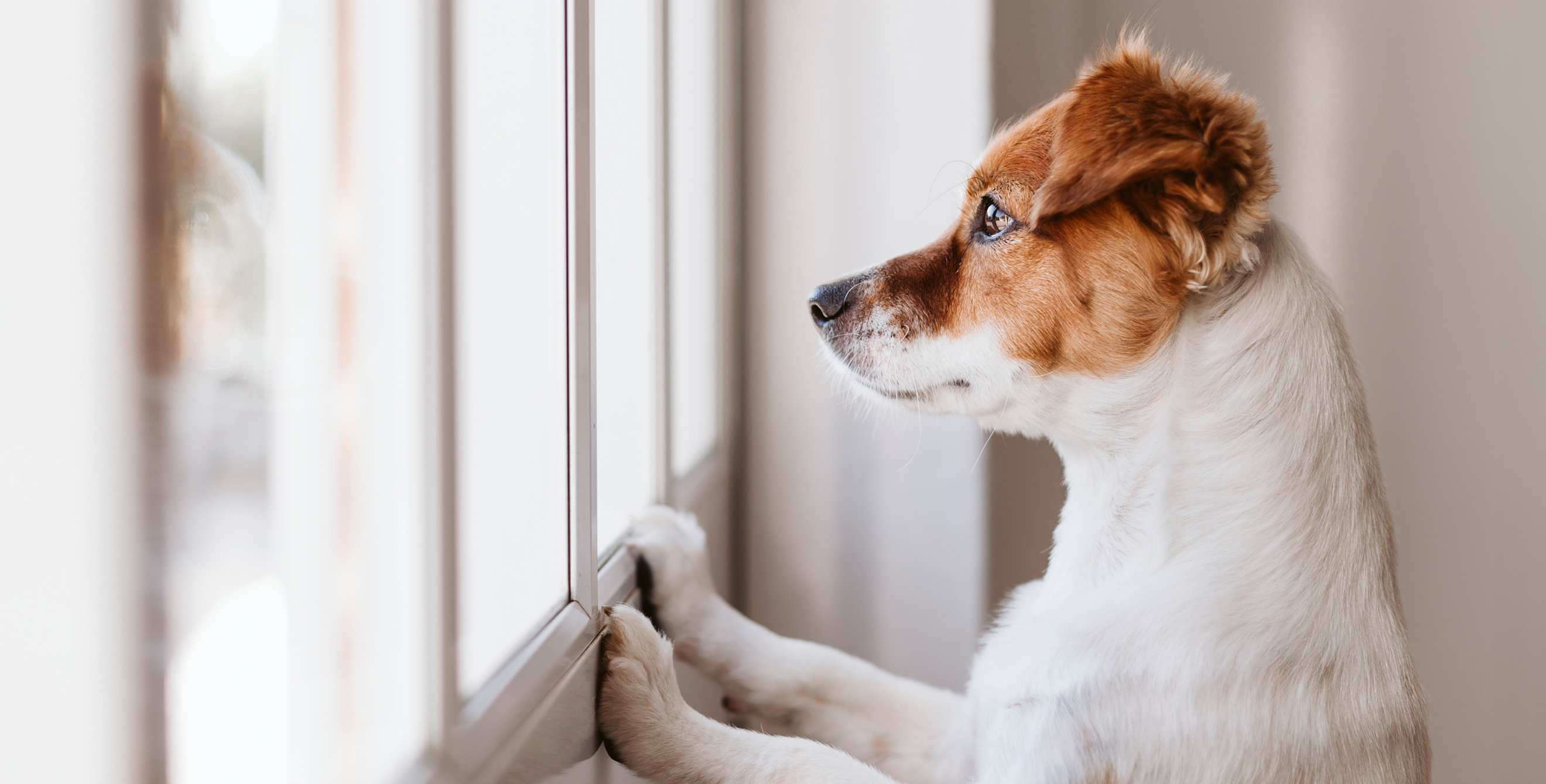
Disaster Prep for Pets Can Bring Peace of Mind
Include your best friend in your emergency plan.

May 8 is National Animal Disaster Preparedness Day, and it’s time to make sure you include your four-footed, feathered, and finned friends in your plan for earthquakes, floods, fires, or storms.
The Federal Emergency Management Agency (FEMA) established National Animal Disaster Preparedness Day following Hurricane Katrina in 2005, when approximately 600,000 pets were either killed or left without shelter.
“While pets can suffer from sickness or injury as the result of a natural catastrophe, we hope to minimize those impacts,” said Cynthia Harris, a AAA spokesperson. “Through education and careful planning, you can protect the well-being of your pet(s), along with the other members of your family.”
It’s easy to put together a plan that covers your pets, just in case. If there’s ever a need to use your plan, you’ll be ready to go. Follow these tips to keep your non-human family members safe, just in case:
- Apply a pet rescue alert sticker to your window. You can buy stickers for dogs, cats, birds, or multi-pet households. These stickers alert rescuers and first responders that there may be animals trapped inside.
- Create an emergency supply kit. Include essential pet needs: A three-to-seven-day food supply, medications, copies of medical records (in a waterproof container), bottled water, garbage bags, a leash, a crate or carrier, and anything else necessary for your pet’s survival.
- Microchip your dog or cat. ID tags or collars can get lost. A microchip may be the only way your pet can be identified during a disaster.
- Investigate places for your pets to stay. Pets are not always allowed in emergency shelters. Compile a list of places your pet can stay in case of a disaster. A pet shelter, a pet-friendly hotel, and homes of relatives or friends are all potential safe places for your pet.
- Bring your animals inside. When you hear a storm or disaster is on its way, make sure your pets are indoors and close to you. Dogs and cats can get confused and disoriented during difficult times and may try to run away.
- Contain your pets. Put dogs in a room with the door closed and cats in a carrier. The sound of thunder or the smell of smoke can frighten animals, and they might disappear under beds or into other parts of the house, making them difficult to find in a hurry.
- Make sure birds and small animals are secure. If you have a bird, try to get it into a cage, and make sure that its leg band—if it wears one—is properly in place. For pets like mice, hamsters, lizards, and guinea pigs, the best thing is to latch them into their cages, so they can’t escape.
- Establish a buddy system. Arrange to exchange keys and information with a friend who also has a pet. That way, you can check on each other’s houses and pets in case there’s an emergency when one of you can’t make it home.
Smart Tip: Need to start a emergency supply kit? Save time and hassle by ordering one with many of the essentials from Ready America and supplement it with supplies for your pet. AAA Members get up to 30 percent off select Ready America products purchased online at AAA.com/readyamerica.
Give your pet access to the care he or she needs with Embrace Pet insurance from AAA.